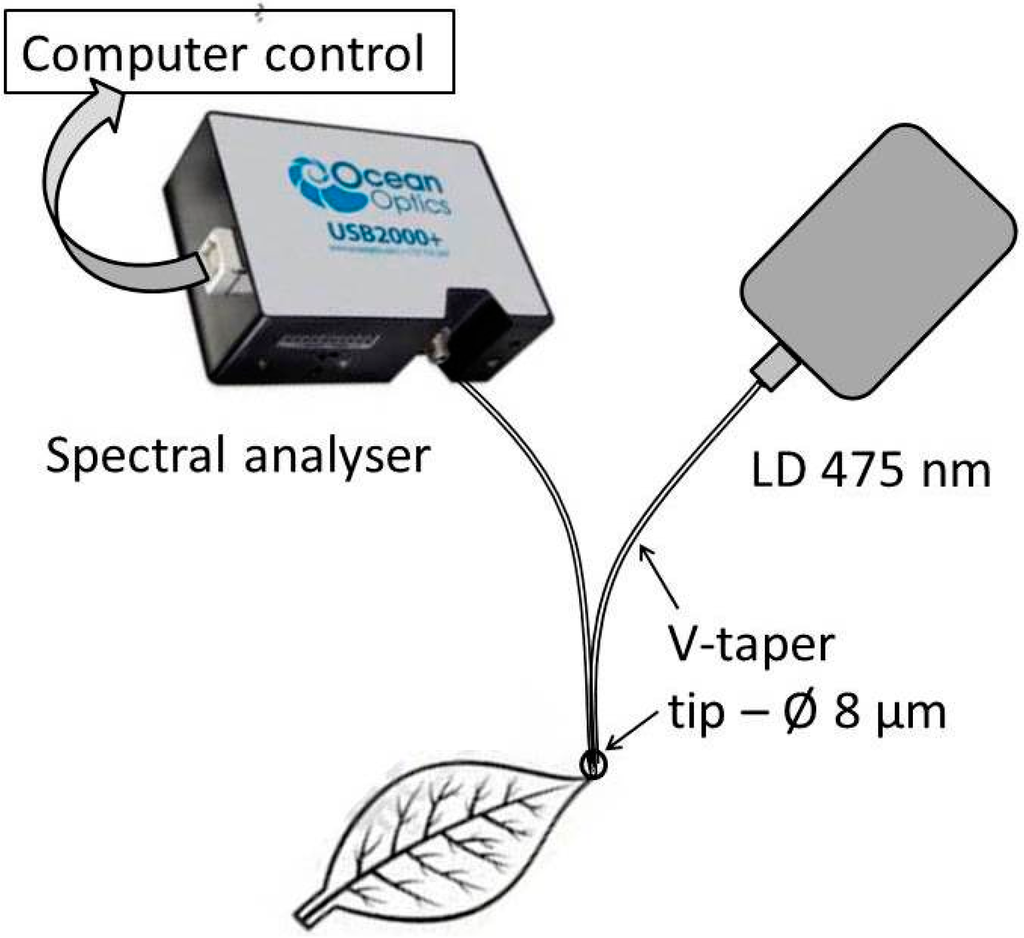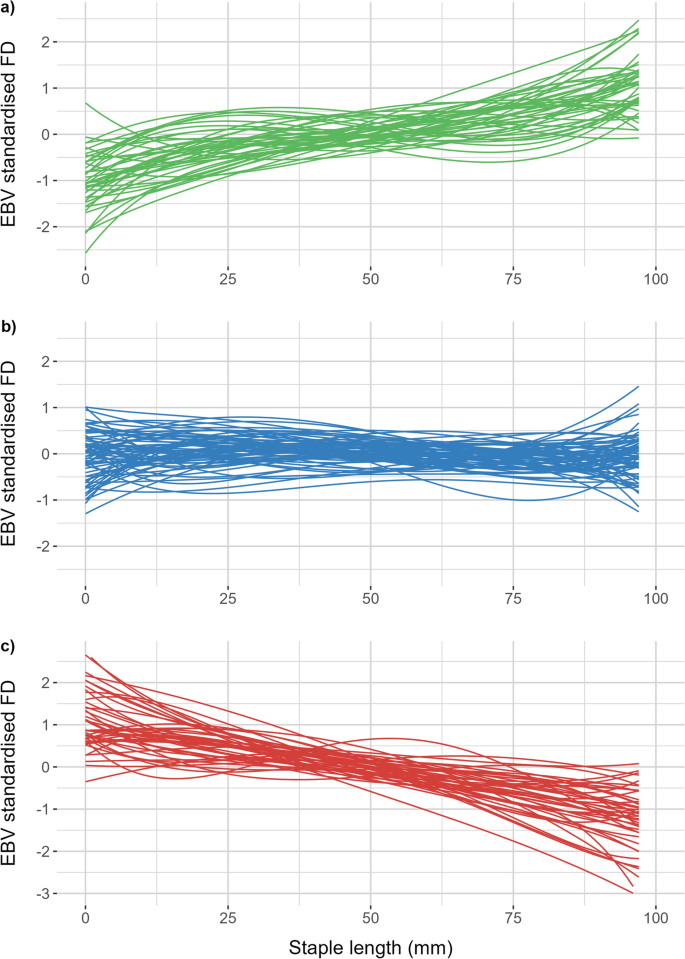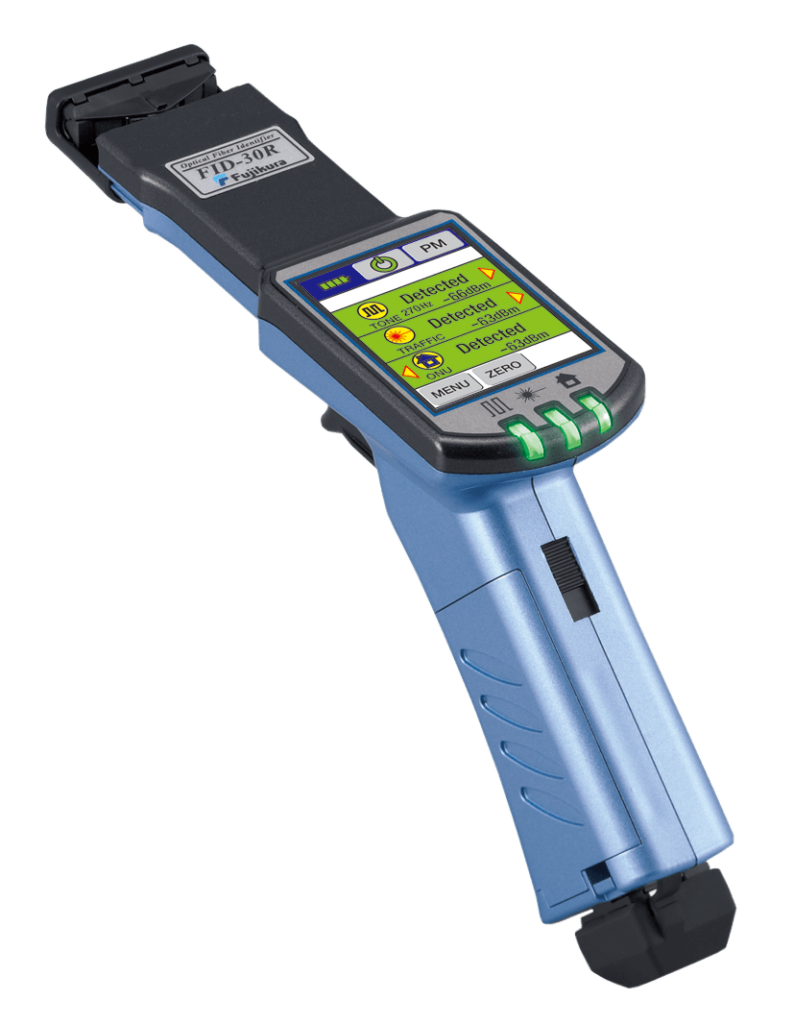Choosing the Right Optical Fibre Diameter Analyser for High Precision
Choosing the Right Optical Fibre Diameter Analyser for High Precision
Blog Article
Optimize Your Fibre Optic Performance: Recognizing Optical Fiber Diameter Analyser Technology
The performance of fiber optic systems is critically influenced by the precision of their diameter, a factor commonly ignored in the pursuit of ideal signal stability. Recognizing the modern technology behind optical fibre size analysers discloses the complex balance between measurement precision and manufacturing quality.
Relevance of Optical Fibre Diameter
The size of optical fiber plays a crucial function in figuring out the efficiency and efficiency of interaction systems. It influences a number of essential criteria, including the mode of light breeding, attenuation, and bandwidth capability. Bigger sizes generally permit several light modes, assisting in greater information transmission prices. Alternatively, smaller sizes often tend to sustain less modes, which can improve signal clearness and minimize crosstalk.

Moreover, recognizing the size's implications can result in set you back savings by minimizing the requirement for signal boosting and repeaters in extensive networks (optical fibre diameter analyser). To conclude, the significance of optical fibre diameter can not be overstated, as it directly impacts the general performance and reliability of modern-day interaction systems

Just How Diameter Impacts Signal Quality
Signal top quality in optical fiber systems hinges considerably on the diameter of the fibre. The size influences several vital criteria, consisting of attenuation, bandwidth, and modal diffusion. A smaller sized size can lead to higher attenuation prices, resulting in signal loss as light journeys with the fibre. This attenuation can endanger the stability of the transmitted data, causing a decrease in signal high quality, particularly over cross countries.
On the other hand, bigger diameters usually enable improved light capture and minimized modal diffusion, improving signal clearness. In multimode fibers, a larger core diameter can support numerous light modes, however it might likewise present intermodal diffusion, which can weaken signal high quality. Therefore, choosing the ideal fiber size is essential for attaining the desired performance in certain applications.
In addition, the interaction in between the fibre size and the wavelength of the light used plays an important function in figuring out the efficient transmission range and general signal honesty. Thus, recognizing just how fibre diameter impacts signal top quality is necessary for network designers and engineers aiming to optimize optical fiber systems for reliable, high-speed information transmission.
Overview of Diameter Analyser Modern Technology
In several optical fibre manufacturing procedures, exact measurement of fiber diameter is vital for guaranteeing consistent performance and top quality (optical fibre diameter analyser). Size analysers are innovative tools designed to analyze the physical dimensions of optical fibres with high accuracy. They use sophisticated optical and laser modern technologies to measure the diameter, ovality, and concentricity of the fiber, therefore giving important information for quality assurance
These analysers can run in-line throughout the production procedure or as component of off-line testing methods. In-line systems make it possible for real-time tracking, enabling makers to adjust specifications promptly, consequently keeping optimum production conditions. Off-line analysers, on the other hand, provide comprehensive assessments of batches, guaranteeing that any kind of discrepancies from defined tolerances are recognized and resolved.
Diameter analysers considerably add to the decrease of defects in optical fibers, improving general product dependability. By continually gauging essential criteria, these innovations facilitate conformity with industry standards and specs. As the demand for high-performance optical fibers continues to increase, the function of size analysers becomes increasingly vital in accomplishing the desired quality and efficiency criteria in fibre optic systems.
Secret Attributes of Fiber Diameter Analysers
Although various versions of try here fibre diameter analysers exist, they frequently share several vital functions that improve their performance and integrity. Among one of the most substantial features is high-resolution measurement abilities, which make certain exact size analyses, important for maintaining quality assurance in fibre production. In addition, several analysers incorporate innovative optical sensors designed to identify minute variants in fibre size, thus providing indispensable data for procedure optimization.
One more vital attribute is real-time tracking, permitting drivers to receive immediate comments on fibre diameter throughout the manufacturing procedure (optical fibre diameter analyser). This capability helps with quick adjustments and lowers the likelihood of issues. Many analysers likewise come geared up with user-friendly user interfaces, enabling drivers to conveniently browse via setups and data outcomes
Moreover, robust data storage space and analysis functionalities are vital for tracking historic performance patterns and making sure compliance with market standards. These functions collectively contribute to the efficacy of fiber diameter analysers in maximizing fibre optic performance.
Ideal Practices for Fiber Optimization

First, normal calibration of optical fibre diameter analysers is essential. This ensures accurate dimensions and minimizes prospective discrepancies that can affect efficiency. Next off, keeping a tidy workplace is vital; dust and contaminants can bring about signify deterioration.
Furthermore, it is essential to choose fibres that fulfill specific application demands. This involves reviewing factors such as attenuation, transmission capacity, and environmental problems. Proper setup strategies should additionally be followed, including preventing sharp bends and too much stress, which can endanger fibre stability.
In addition, using sophisticated surveillance systems can assist in real-time performance assessments, visit this site right here making it possible for prompt recognition of concerns. Routine screening and maintenance must be performed to make sure that fibres continue to be within optimal operational parameters.
Lastly, training employees on the latest fiber optimization modern technologies and approaches will certainly enhance their capacity to implement effective methods. By following these ideal techniques, companies can considerably enhance the efficiency and lifespan of their optical fiber systems, ensuring effective interaction and data transfer.
Final Thought
Finally, the combination of optical fiber size analyser technology is critical for taking full advantage of fibre optic performance. imp source By making sure specific measurements of fiber dimensions, these analysers considerably boost signal high quality and decrease losses throughout information transmission. Normal calibration and upkeep of the analysers are important to promote ideal efficiency and compliance with industry criteria. Inevitably, the application of this modern technology promotes improved data transmission prices and reinforces signal stability, adding to the general effectiveness of fibre optic systems.
Signal quality in optical fibre systems hinges considerably on the size of the fiber.In numerous optical fibre manufacturing processes, precise dimension of fibre diameter is important for making certain regular performance and top quality. As the need for high-performance optical fibres continues to rise, the function of size analysers comes to be progressively essential in accomplishing the desired top quality and efficiency criteria in fibre optic systems.
These features jointly contribute to the efficiency of fiber diameter analysers in maximizing fibre optic performance.
In final thought, the combination of optical fibre size analyser technology is crucial for making the most of fiber optic performance.
Report this page